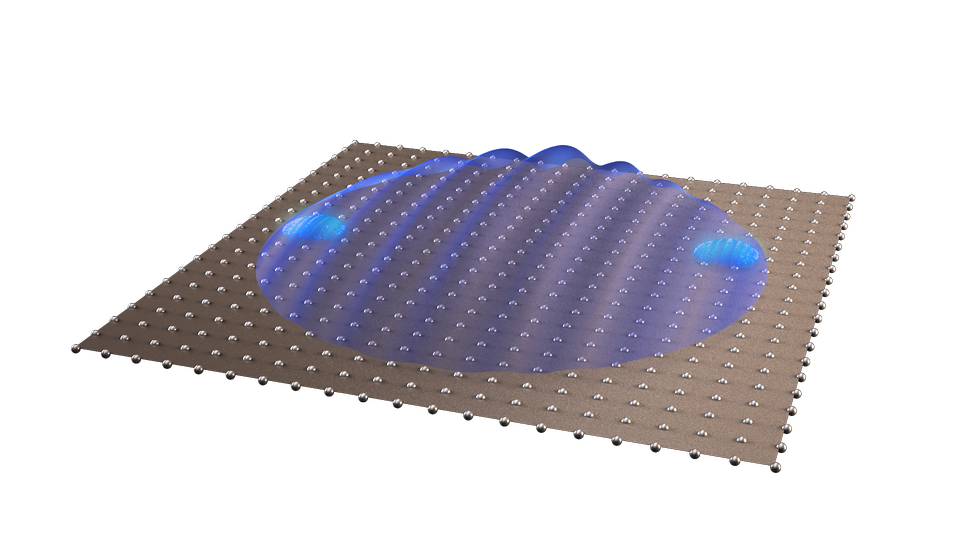


Superconductivity is explained by the creation of a quantum collective wave, the condensate, formed by a large number of electrons (at least a thousand billions of billions in a regular solid). However, quantum physics has rules. One of them, called the “Pauli exclusion principle”, only allows the existence of such a condensate if the waves which compose it are carried by particles called bosons. Unfortunately, electrons are fermions, not bosons. It is precisely this problem that stymied physicists for more than 40 years.
 Leon Cooper [of Bardeen, Cooper and Schrieffer] discovered the solution to this problem, showing that in order to form a condensate, electrons must form pairs first. Indeed, a a pair of electrons can form a boson. In conventional superconductors, the creation of electron pairs and the formation of the condensate happen instantaneously.
Leon Cooper [of Bardeen, Cooper and Schrieffer] discovered the solution to this problem, showing that in order to form a condensate, electrons must form pairs first. Indeed, a a pair of electrons can form a boson. In conventional superconductors, the creation of electron pairs and the formation of the condensate happen instantaneously.
Let’s describe the Cooper pair, a rather curious object. It is formed by two electrons linked together, the speeds of which are opposed and the spins of which (small quantum magnets carrying the electrons) are head-to-tail.
 The “cloud” that they form is a big sphere or wave, and the electrons within it circulate in opposite directions, like ice skaters seen from above. This wave spreads across large distances (referred to as “coherence length” [Grandeur caractéristique]). This wave, representing two electrons, is the quantum object that will be able to form the condensate. The Cooper pairs will move at the same speed, the electrons of the pairs still moving at opposite speeds, following the Pauli principle.
The “cloud” that they form is a big sphere or wave, and the electrons within it circulate in opposite directions, like ice skaters seen from above. This wave spreads across large distances (referred to as “coherence length” [Grandeur caractéristique]). This wave, representing two electrons, is the quantum object that will be able to form the condensate. The Cooper pairs will move at the same speed, the electrons of the pairs still moving at opposite speeds, following the Pauli principle.
